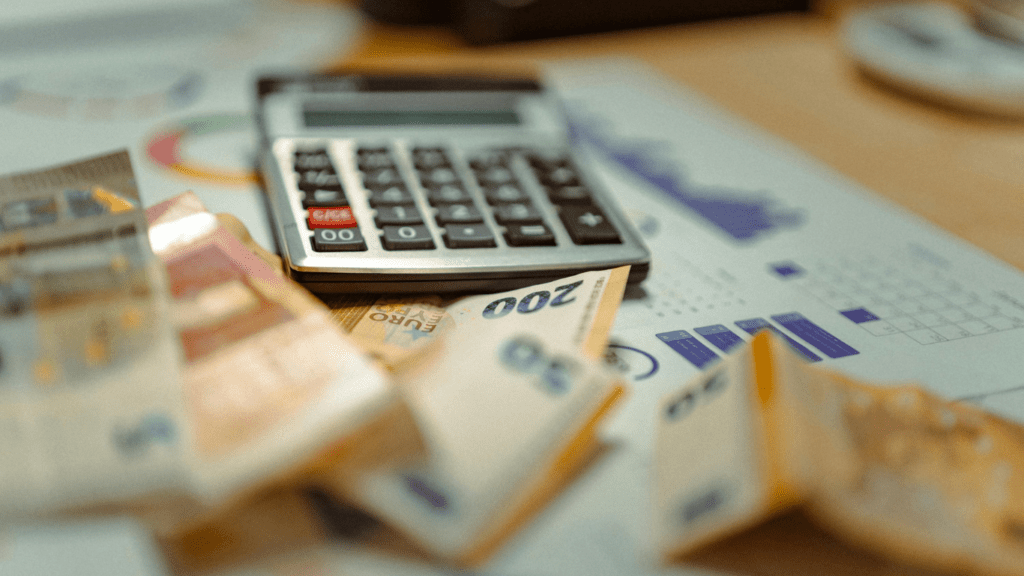Traveling can be one of the most enriching experiences, but it can also strain your wallet if you’re not careful. I’ve found that keeping track of expenses while on the go is essential for staying within budget and making the most of my adventures.
That’s where budgeting apps come into play. They simplify the process, allowing me to focus more on exploring and less on counting pennies.
Overview of Budgeting Apps
Budgeting apps play a crucial role in tracking travel expenses efficiently. These tools simplify financial management by allowing users to set budgets, allocate funds, and monitor spending in real time.
I find that most budgeting apps offer user-friendly interfaces, making it easy to input and categorize expenses during trips. Many budgeting apps present customizable features tailored for travelers. Categories like accommodations, meals, transportation, and activities allow for precise tracking.
I prefer apps that enable real-time updates and sync with bank accounts or credit cards. This feature provides an accurate snapshot of expenditures, preventing overspending.
Key Features to Look For
When selecting budgeting apps for tracking travel expenses, I focus on specific features that enhance usability and effectiveness. Here are the key aspects to consider.
User Interface
A clean and intuitive user interface simplifies navigation within the app. I prefer apps with straightforward designs that enable quick access to essential functions. Look for responsive layouts that cater to mobile devices, ensuring ease of use while on the go.
An organized dashboard helps visualize finances at a glance, making it easier to monitor spending without confusion.
Expense Tracking
Accurate expense tracking is critical for staying on budget during travel. I choose apps that allow for real-time entry of expenses, whether through manual input or receipt scanning. Features like categorization help in organizing expenditures into predefined segments such as lodging, dining, and activities.
Additionally, the capability to set daily or trip-specific limits aids in preventing overspending, ensuring I stick to my planned budget.
Budgeting Tools
Robust budgeting tools enhance financial planning capabilities. I look for apps that let me set up personalized budgets based on specific trips or time frames. Features like alerts for approaching budget limits can help keep spending in check.
Some apps also provide historical data and expense reports, enabling me to analyze previous trips for better future planning. The ability to adjust budgets dynamically based on real-time spending ensures that financial goals remain realistic and achievable.
Best Budgeting Apps for Tracking Travel Expenses
Tracking travel expenses effectively requires the right tools. Here are three of the best budgeting apps that help manage financials on the go.
App 1: Overview and Features
Mint offers a comprehensive suite for budgeting. It syncs with bank accounts, providing real-time updates on expenses. Users can categorize spending, set budgets for specific categories like meals or transportation, and receive alerts when nearing budget limits.
The app also features financial goal tracking and provides a dashboard to visualize spending habits over time.
App 2: Overview and Features
YNAB (You Need A Budget) focuses on proactive budgeting. This app encourages users to allocate every dollar and plan ahead, which suits travelers who want to stick to a budget during trips.
YNAB’s features include tracking expenses in real-time, setting savings goals for future trips, and offering detailed reports to analyze spending patterns. The app also provides educational resources to help users improve their budgeting skills.
App 3: Overview and Features
TravelMapper specializes in travel-expense tracking. This app allows users to enter expenses by category, making it easy to monitor costs related to accommodations, meals, and activities. With built-in currency converters, TravelMapper is ideal for international travelers.
Users also appreciate the option to generate expense reports, simplifying reimbursement processes and budget reviews after trips.
Tips for Maximizing Your Budgeting App
- Set Clear Budget Goals: Determine daily, weekly, or trip-wide budget limits. Clear goals keep my spending aligned with my travel intentions.
- Categorize Expenses Effectively: Use the app’s categorization features to group expenses accurately. This organization simplifies tracking and helps identify areas for potential savings.
- Enter Expenses Promptly: Entering expenses the moment they occur allows me to maintain an up-to-date view of my budget. Prompt entries prevent oversights and ensure I stay within limits.
- Monitor Trends Regularly: Review spending trends periodically. Recognizing patterns in my expenses informs future budgeting decisions and highlights areas for adjustment.
- Utilize Alerts and Notifications: Many budgeting apps come with alert systems for approaching limits. I customize these alerts to stay informed without constant checking.
- Sync Accounts Automatically: Linking credit and bank accounts enables automatic synchronization of transactions. Automatic updates minimize manual entry and enhance accuracy.
- Leverage Reports for Insights: Utilize the reporting features to analyze past travel spending. This analysis aids in planning future trips and refining my budgeting strategies.
- Explore Educational Resources: If the app offers educational content, taking advantage of these resources can enhance my financial literacy. More knowledge leads to better budgeting practices.
- Collaborate with Travel Companions: Some apps allow sharing budgets. Collaborating with travel companions ensures all expenses are accounted for and helps avoid misunderstandings.
- Adjust Budgets as Necessary: Flexibility is key. Adjust budgets based on real-time spending to make my travel experience stress-free without financial strain.


